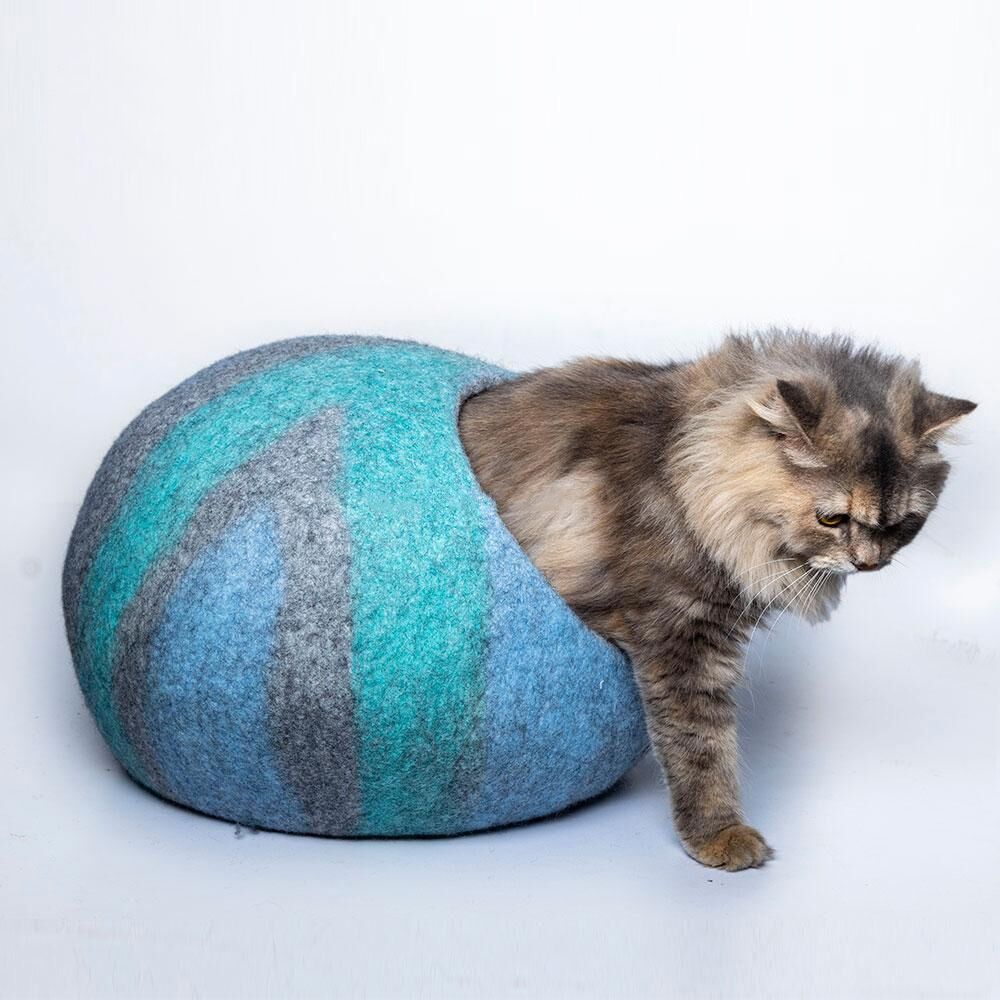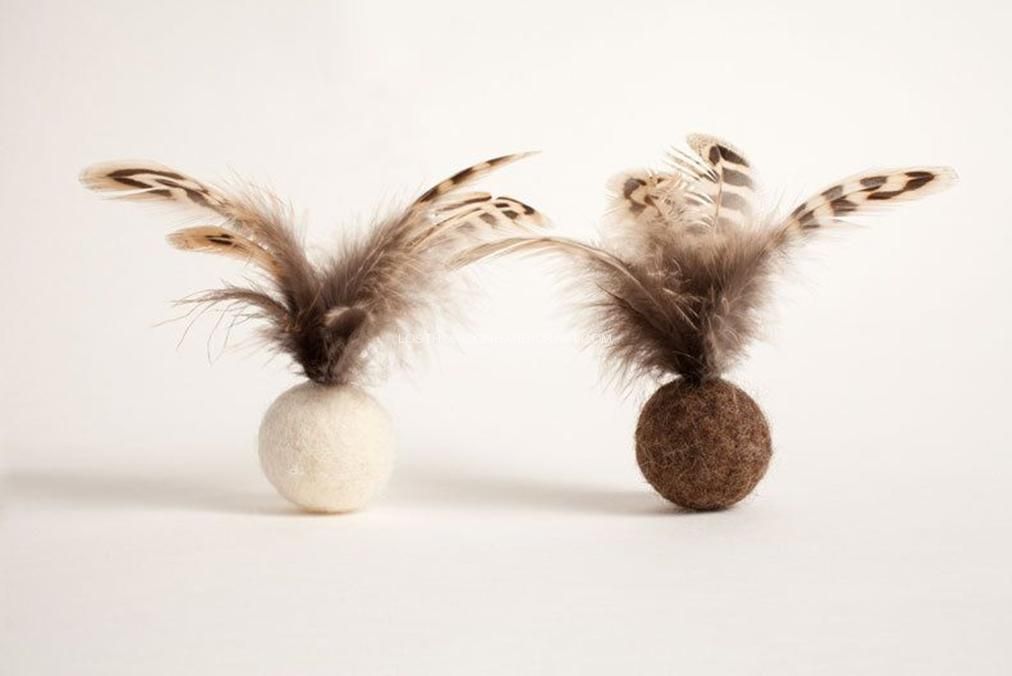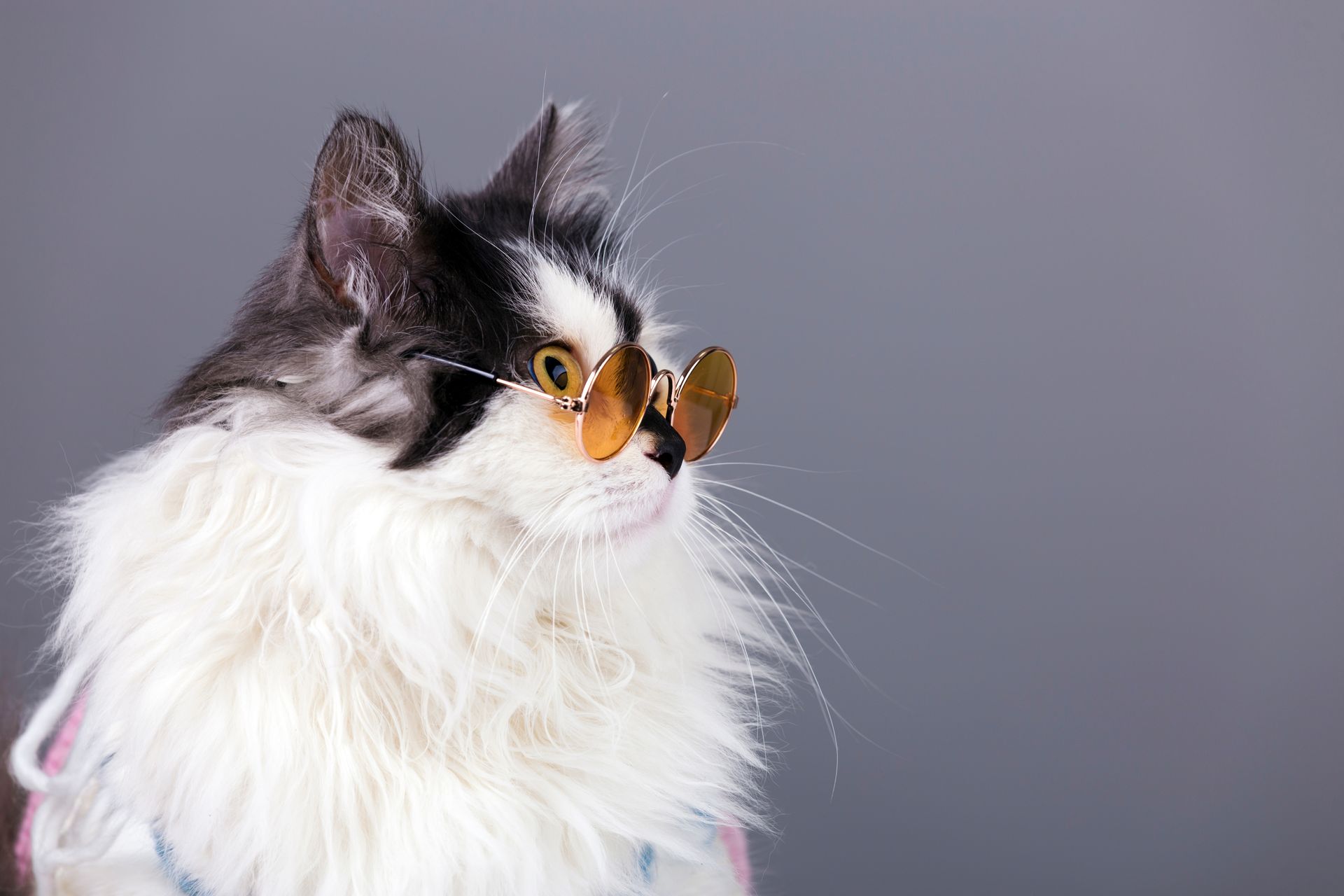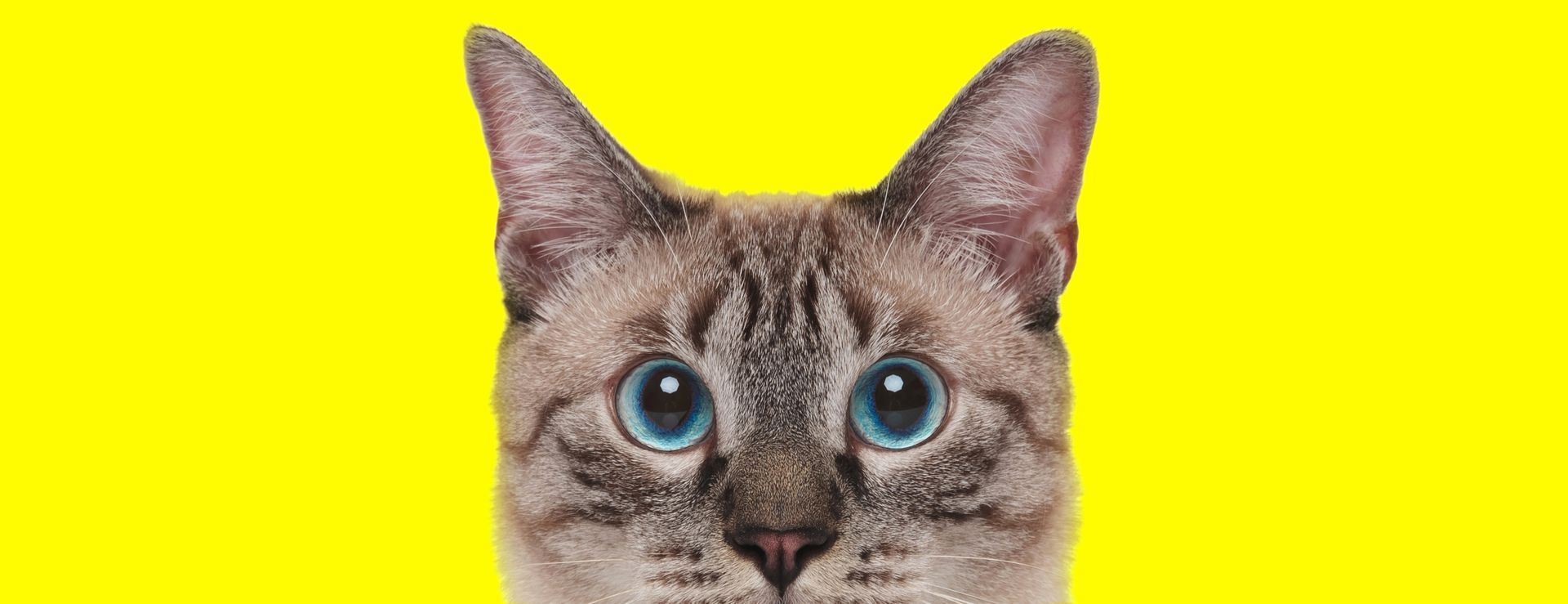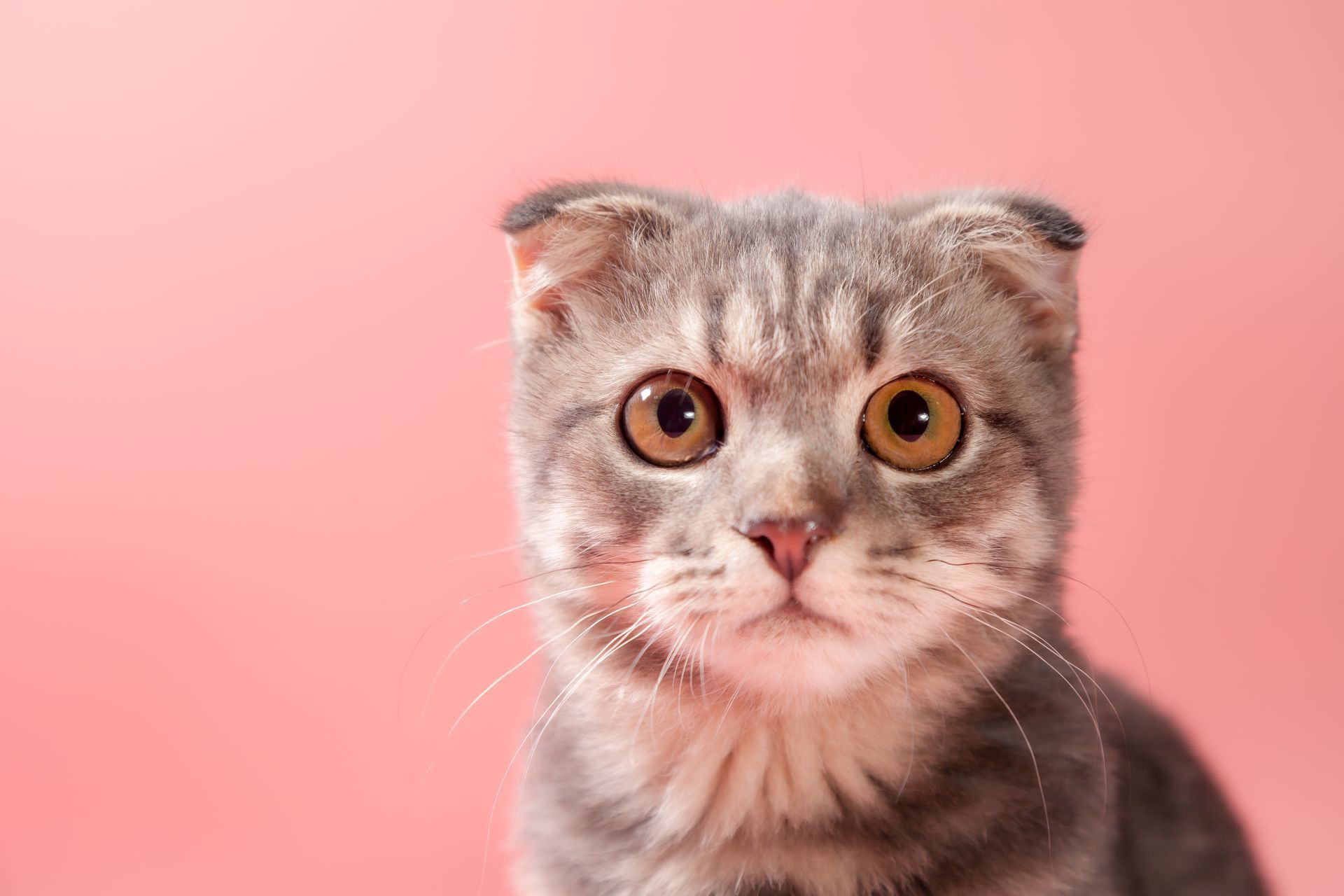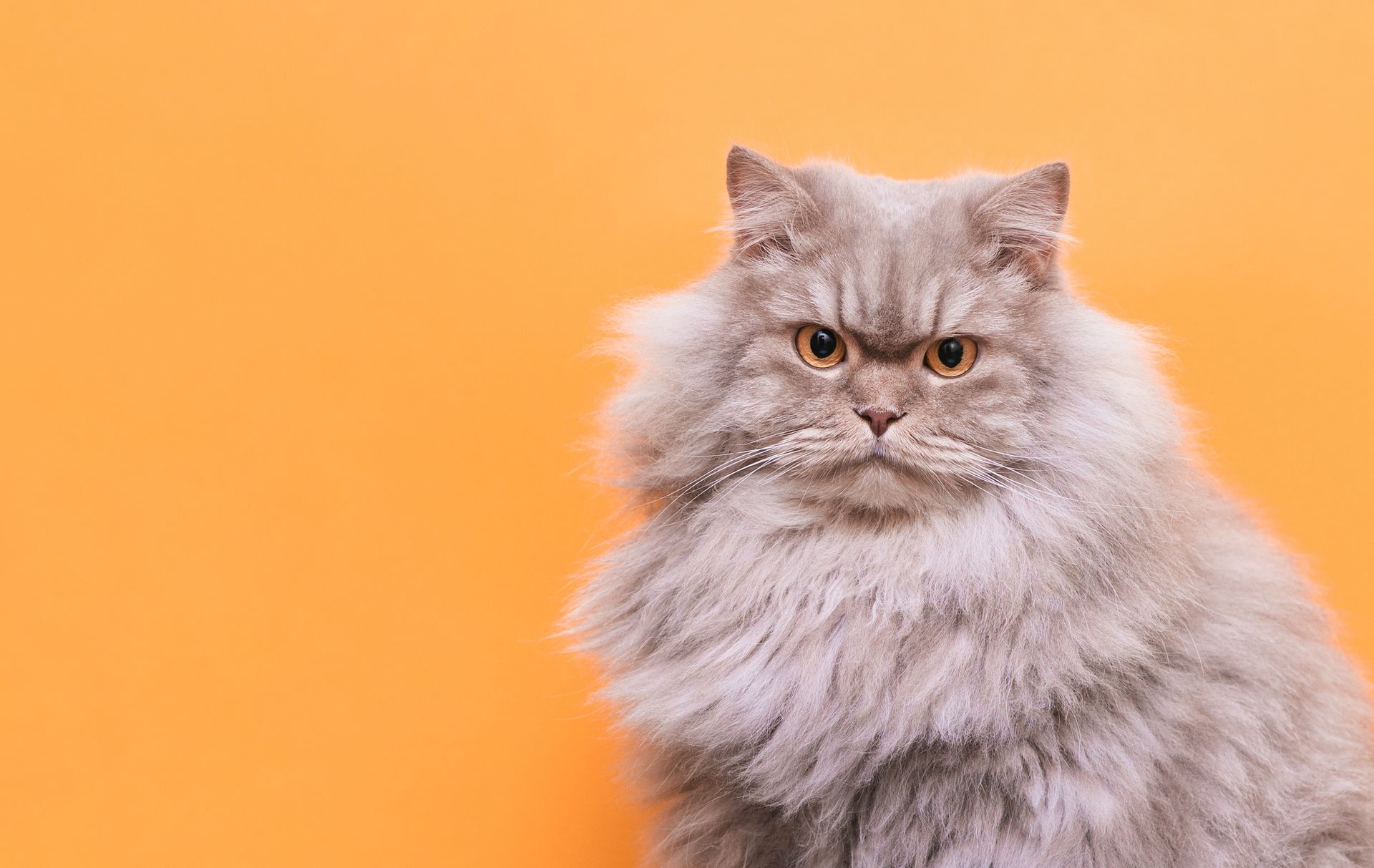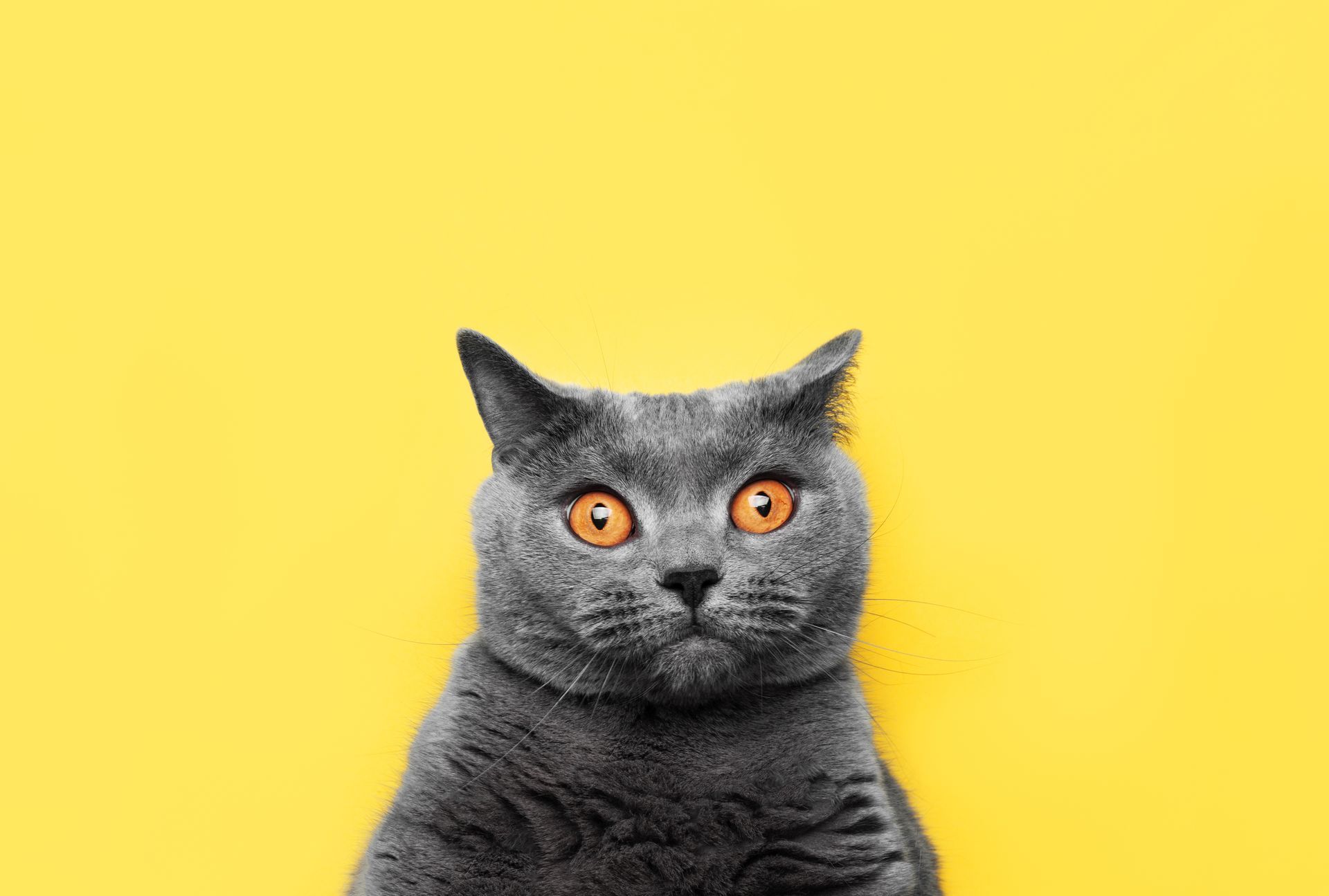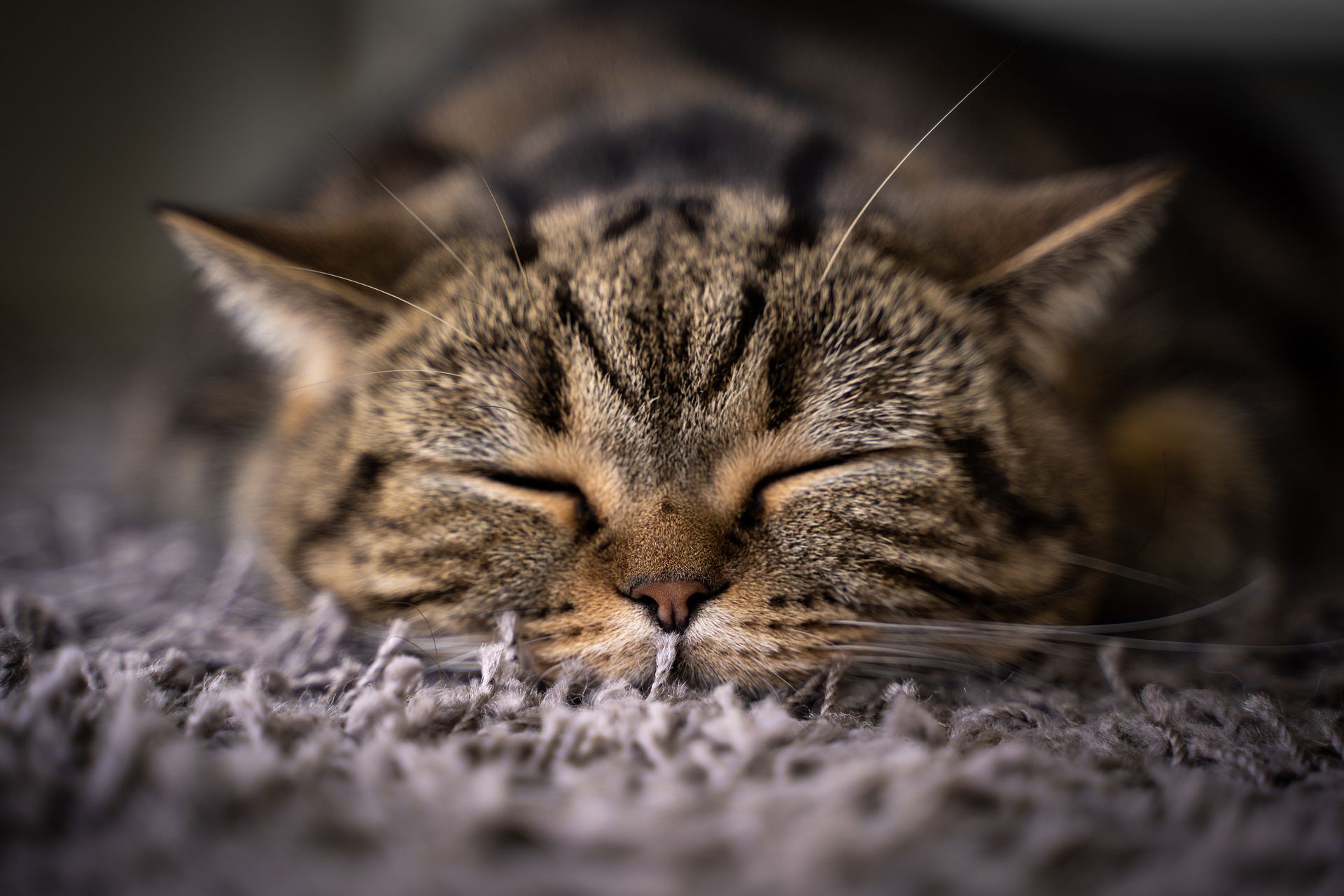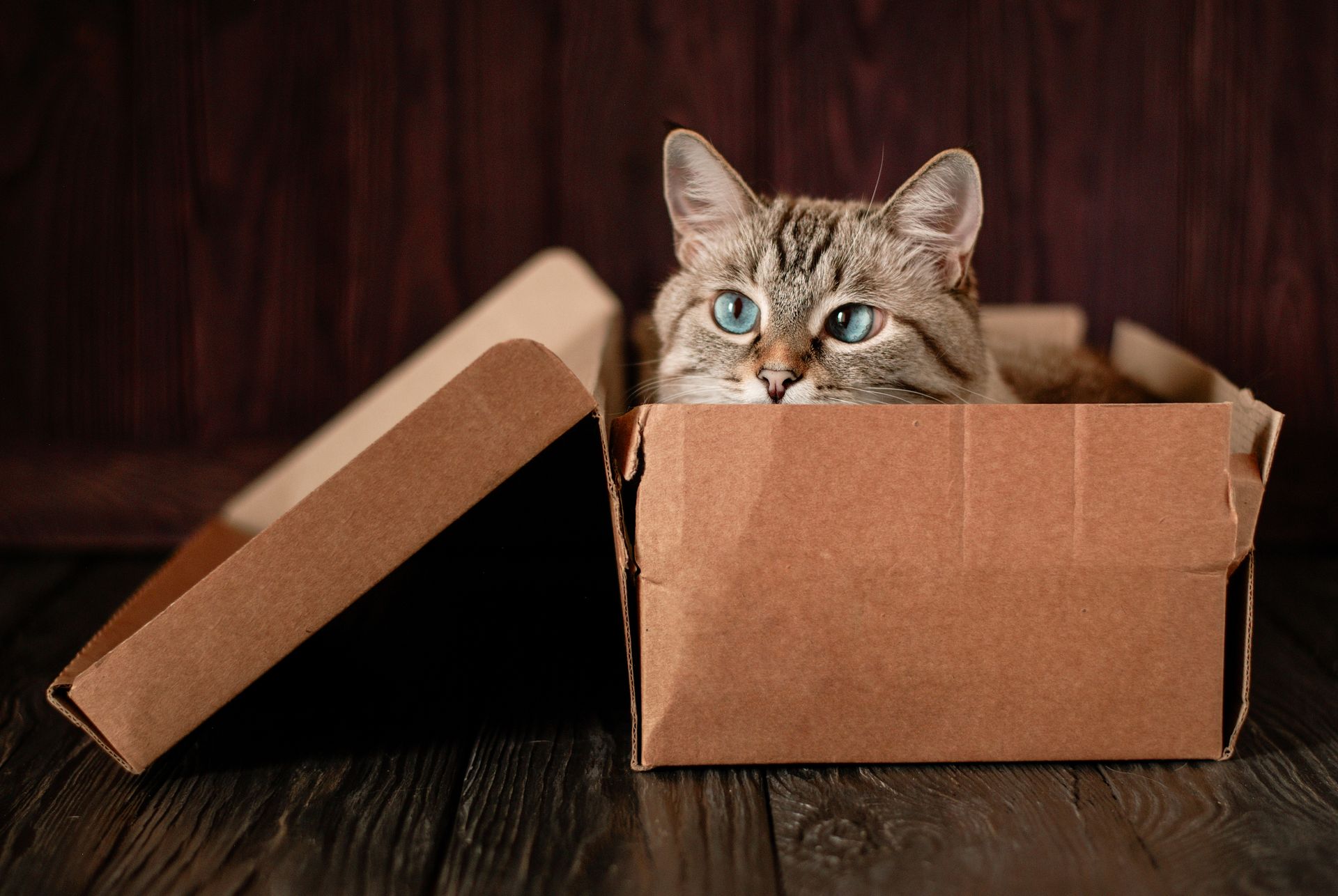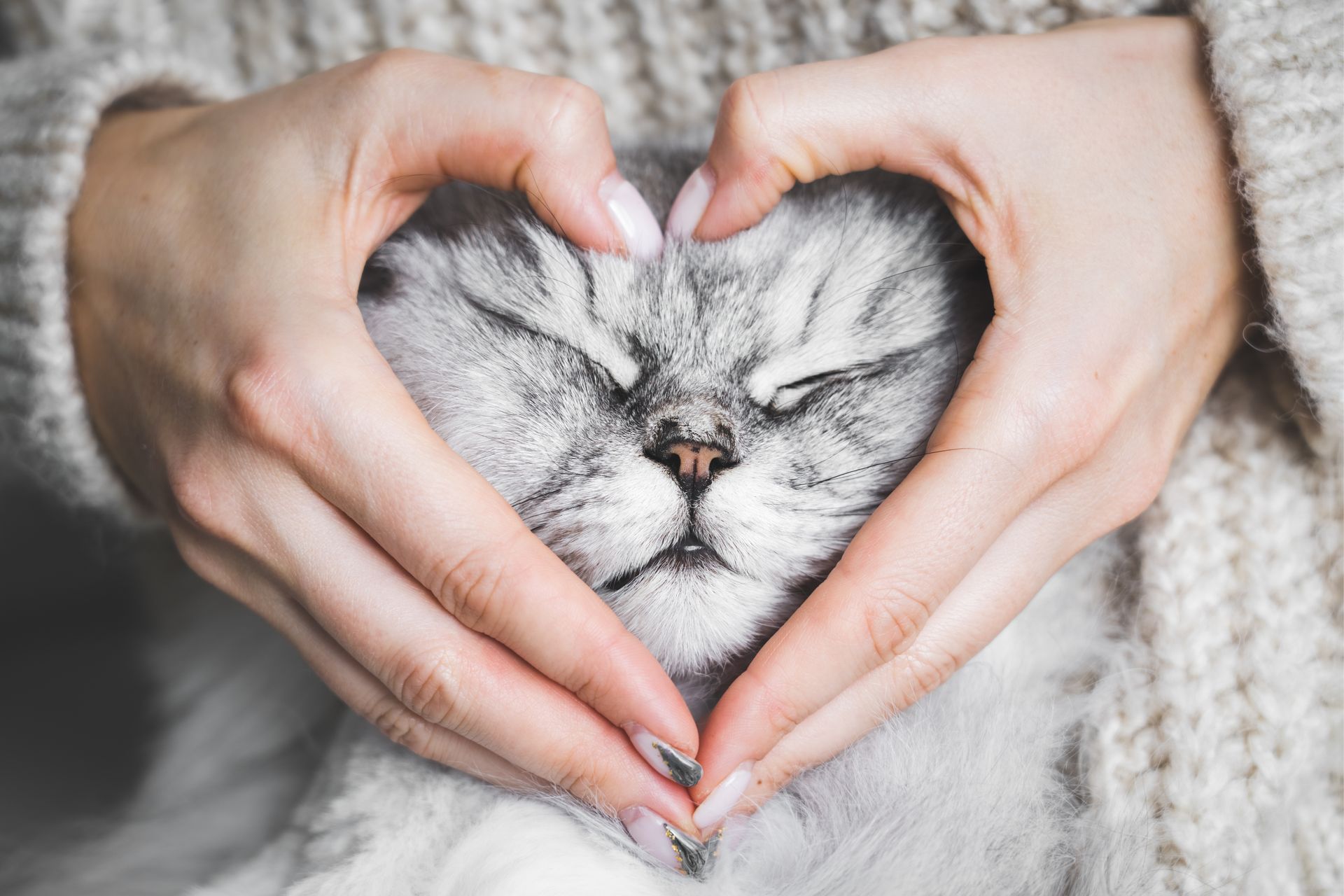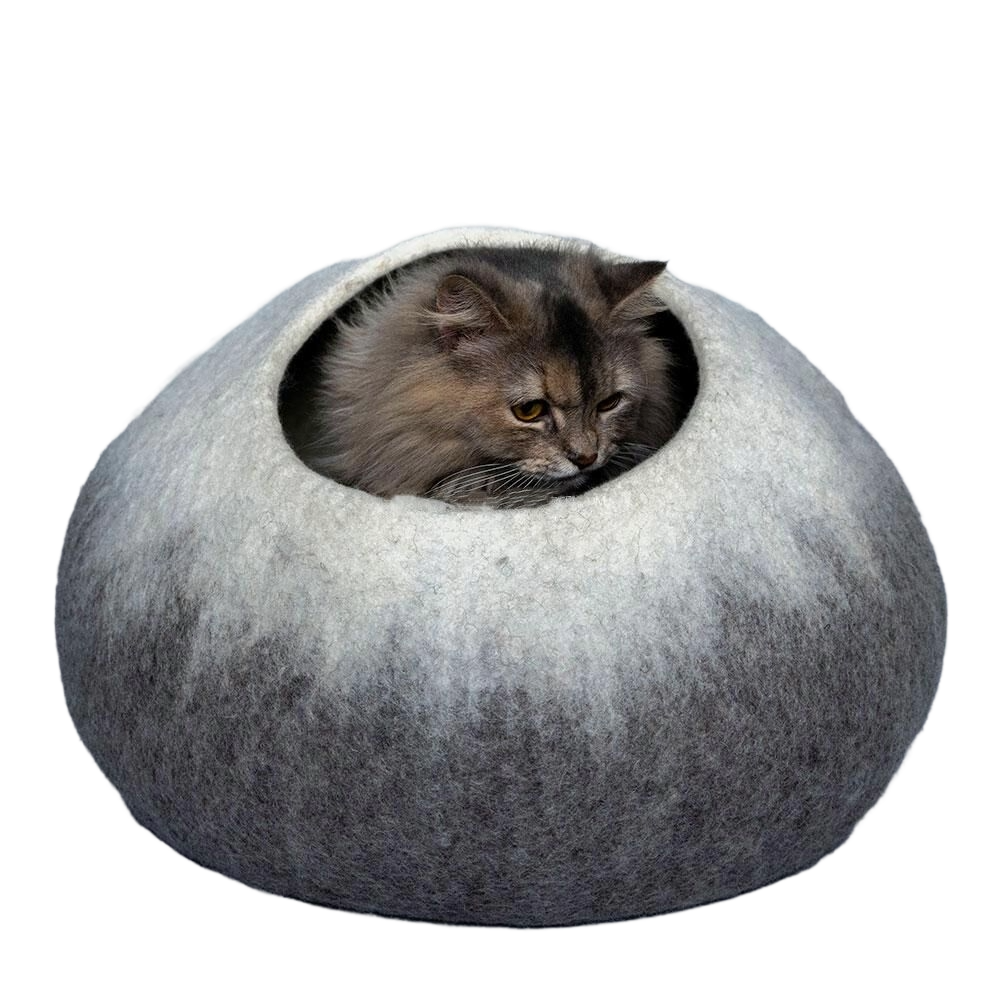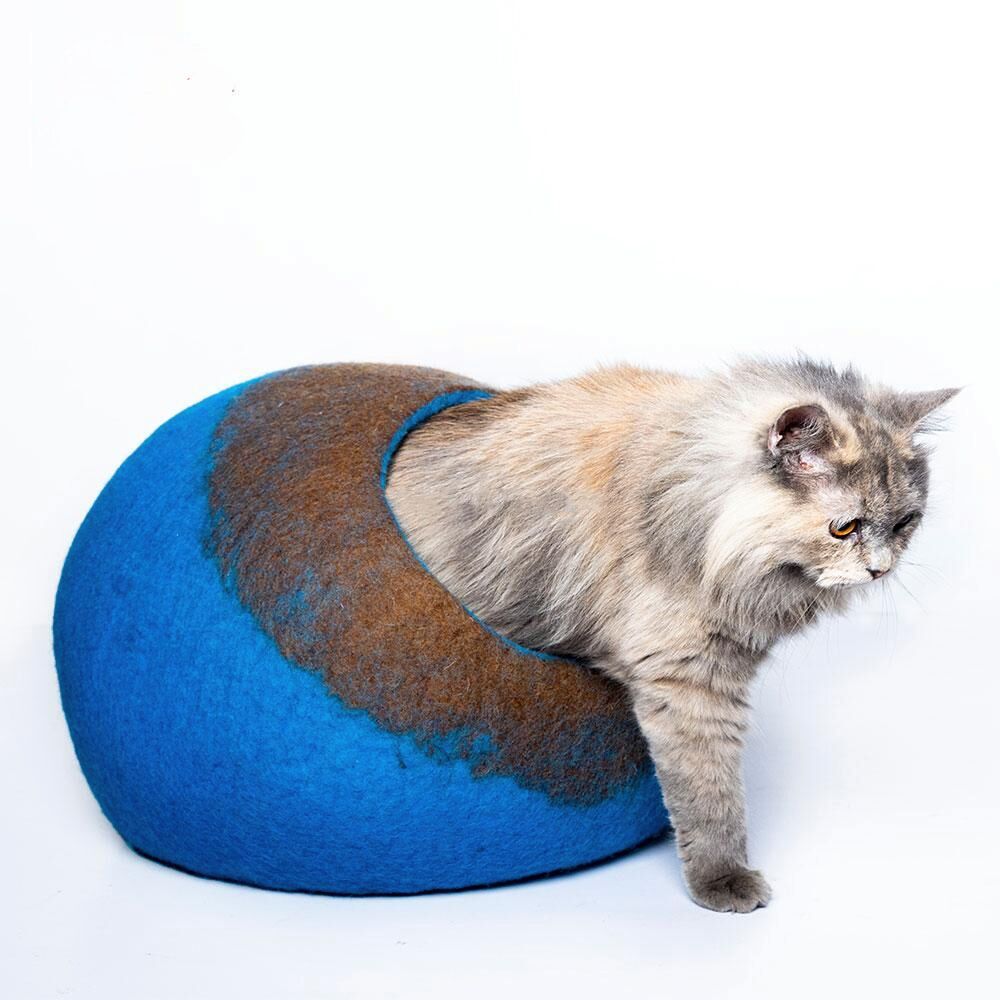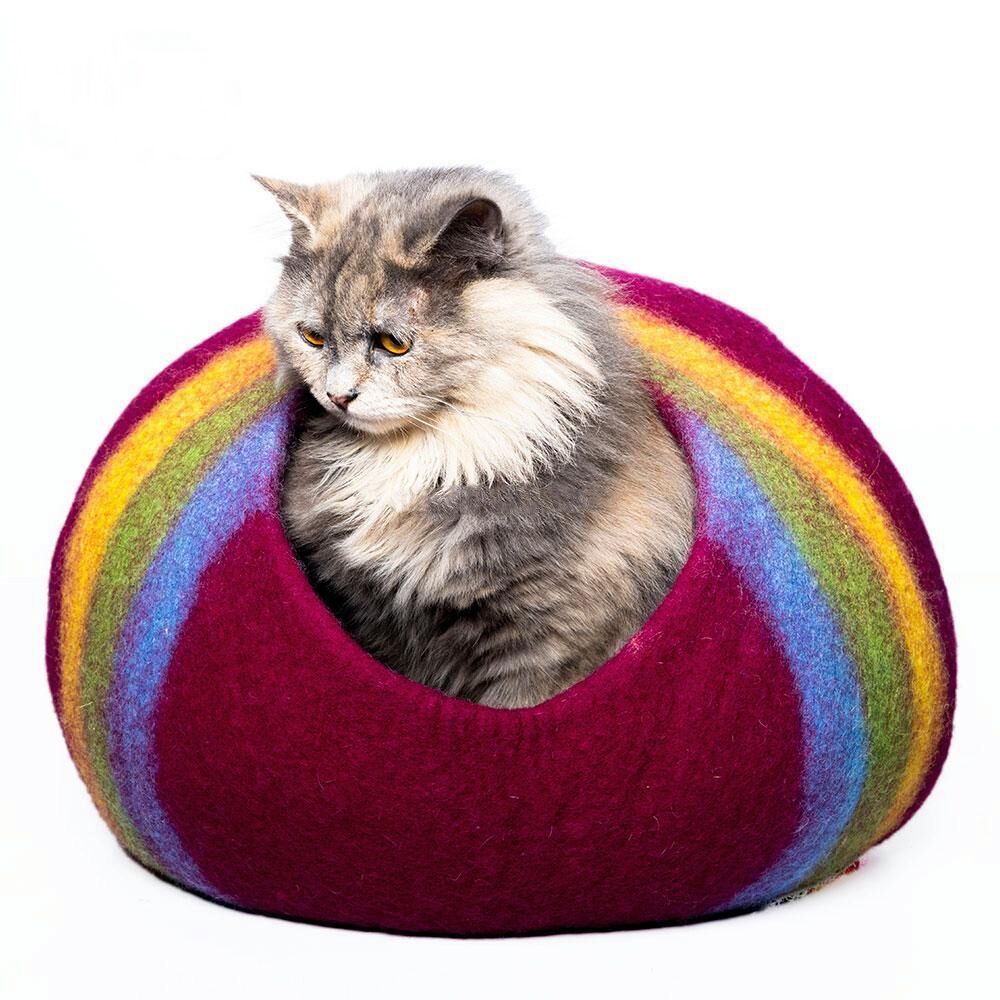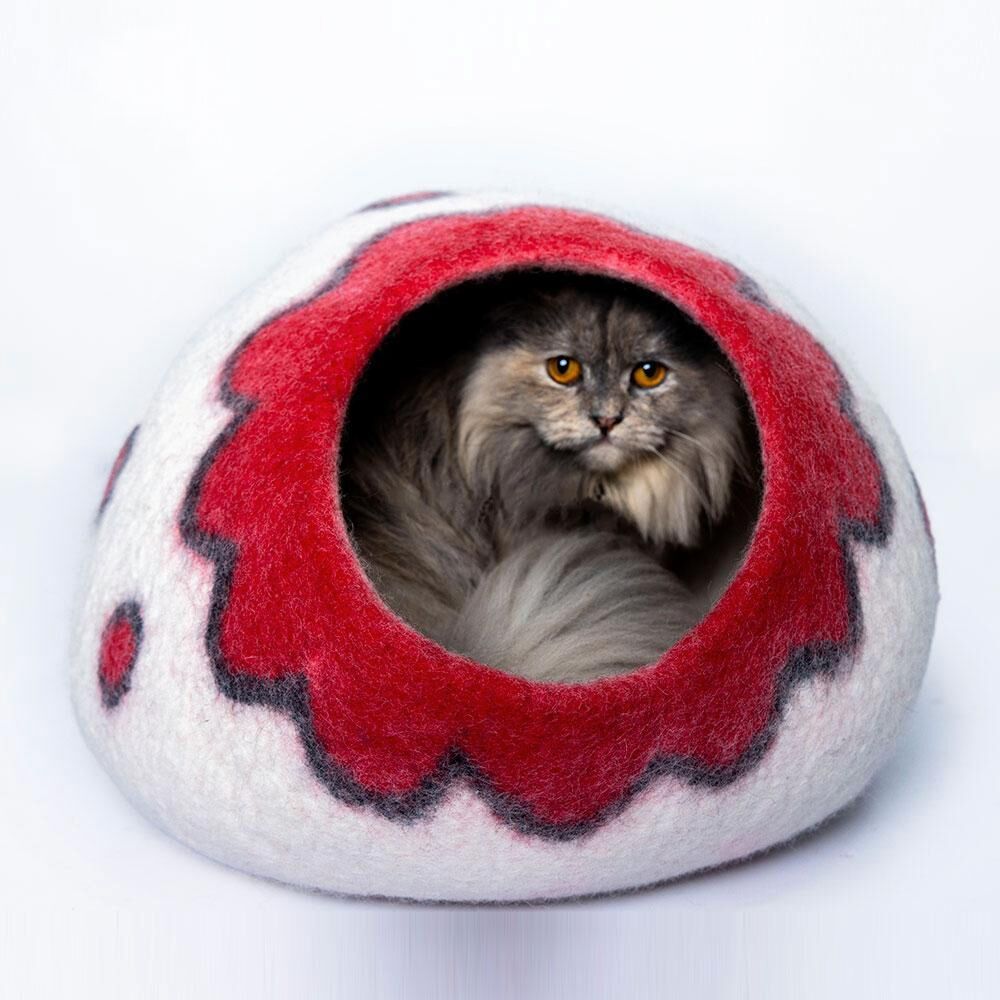Tracing the Evolution: The Fascinating History of Cat Caves
Journey through time to explore the history of cat caves—from ancient Egyptian sanctuaries to modern stylish homes—and discover their evolving designs and cultural significance.
The History of Cat Caves: From Ancient Egypt to Modern Homes
Introduction
Cats have held a unique and mysterious place in human history, often revered and pampered by various civilizations. Integral to their comfort has been the evolution of the cat cave—a sheltered, cozy spot for our feline friends. Dive into the rich history of cat caves and explore their transformation over the millennia.
Historical Uses of Cat Caves
- Ancient Egypt: Cats were considered sacred in ancient Egypt, often associated with the goddess Bastet. Archaeological findings suggest that Egyptians provided sheltered spaces resembling modern-day cat caves in temples and homes, ensuring the revered felines were protected from the elements and had a sacred place to rest.
- Medieval Europe: Cats were believed to have mystical properties. While their status varied across regions, those who valued cats often provided them with secluded nooks, ensuring they had a safe space to hide, especially during times of persecution.
- Asian Dynasties: In several Asian cultures, cats were considered good luck charms and were often provided with intricately designed shelters, some resembling early versions of cat caves, to ensure their comfort and protection.
Evolution of Cat Caves
- Material Innovations: Initially made from organic materials like straw, wood, or fabric, modern cat caves have embraced a variety of materials, including felted wool, synthetic fibers, and even recycled materials.
- Design Progression: From basic sheltered spaces, cat caves have evolved into intricate designs—ranging from minimalist modern styles to elaborate luxury versions—all with the purpose of providing optimal comfort and security for cats.
- Functional Additions: Modern cat caves often incorporate features like removable bedding, built-in toys, and even thermal elements to maintain warmth.
Cultural Significance
- Symbol of Status: In various eras, owning a well-designed cat cave was a sign of affluence and indicated the owner's appreciation for the finer things in life.
- Artistic Expression: Especially in regions like Asia and the Middle East, cat caves were not just functional but also a canvas for artistic expression, with intricate patterns, designs, and even stories woven into their fabric.
- Protection and Spirituality: In many cultures, offering a secluded space like a cat cave to a cat was believed to attract positive energy and good fortune to the household, reflecting the spiritual bond between humans and felines.
Conclusion
The cat cave, while seemingly a modern luxury, has roots that stretch deep into history. Its evolution mirrors humanity's changing relationship with cats—from revered deities to treasured companions. Today, the cat cave stands not just as a cozy retreat for our pets but also as a testament to the enduring bond between felines and humans, a bond forged through time and nurtured with love and care.
